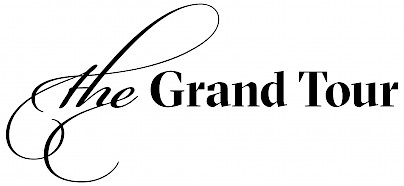Simon Starling
- Simon Starling, 2016. Installation view, Nottingham Contemporary. Photo Andy Keate
- Simon Starling, 2016. Installation view, Nottingham Contemporary. Photo Andy Keate
Nottingham Contemporary presents the largest ever exhibition in the UK of the works of Simon Starling – the Turner Prize winner who studied at Nottingham Trent University. This exhibition includes a new commission, and some of his major projects, most of which have never been shown in Britain before.
Industry is a theme running through the selection. Some of the works allude to different eras of manufacturing, from the dawn of the Industrial Revolution, to the high-tech sector, and China’s dominance today.
Starling is interested in physical, poetic and metaphorical journeys. These include the unacknowledged journeys of objects and materials – geographic, economic and through time – and their transformation. His celebrated 1997 work Blue Boat Black was originally a Victorian museum display case, remade by Starling into a fishing boat, and then burnt to create charcoal to cook the fish he caught.
This work is joined by Project for a Crossing (2015-16), a new work specially produced for Nottingham Contemporary for which Starling built a boat out of magnesium. This work grew out of Starling’s interest in the British engineer Frank Kirk who built lightweight bike frames from magnesium extracted from seawater in the 1980s. The magnesium used for Project for a Crossing has been extracted from the politically contested waters of the Dead Sea. Starling intends to use his magnesium boat to cross the Dead Sea after this exhibition – a fraught geopolitical journey that may only be partially possible since the Dead Sea lies between Jordan, Israel and the Israeli occupied West Bank.
Other areas of investigation include lost histories of manufacture. This includes works referring to the manufacturing processes that anticipated digital systems. Red, Green, Blue, Loom Music (2015-16) is a new work previously unseen in Britain. This work began with a visit to Antica Fabbrica Passamanerie Massia Vittorio in Turin. This family run company produces high quality woven fabrics, brocades and decorative trimmings on looms dating back to the 1780s. Many of the looms are still automated using the once revolutionary late 18th century technology of Jacquard punch cards. In the context of Nottingham Contemporary, the work evokes the history of the Lace Market that surrounds the gallery.
Another of Starling’s concerns has been the physical properties of photography, here recast as sculpture through epic distortions of scale. Two silver particles taken from 1875 photographs are enlarged a million times, while a floor of glass balls can be seen as half-tone printing dots that form an image when viewed from a raised platform.
In a special partnership with Derby Museums, the Simon Starling exhibition at Nottingham Contemporary will include The Alchymist Discovering Phosphorus (1771 – 1795), by Joseph Wright of Derby, the foremost painter of the Scientific Enlightenment. Derby Museum and Art Gallery will display daguerreotypes made by Starling.
More works by Simon Starling will be shown at Backlit Gallery, near Nottingham Contemporary.
Starling won the Turner Prize in 2005. He studied at Nottingham Trent University (then Trent Polytechnic) from 1987 to 1990 and graduated from Glasgow School of Art in 1992.
The exhibition is part of The Grand Tour season two, part of the Cultural Destinations programme.
Exhibition:
Simon StarlingDates:
19 Mar 2016 – 26 Jun 2016Curator:
Irene Aristizábal
Supported by:


